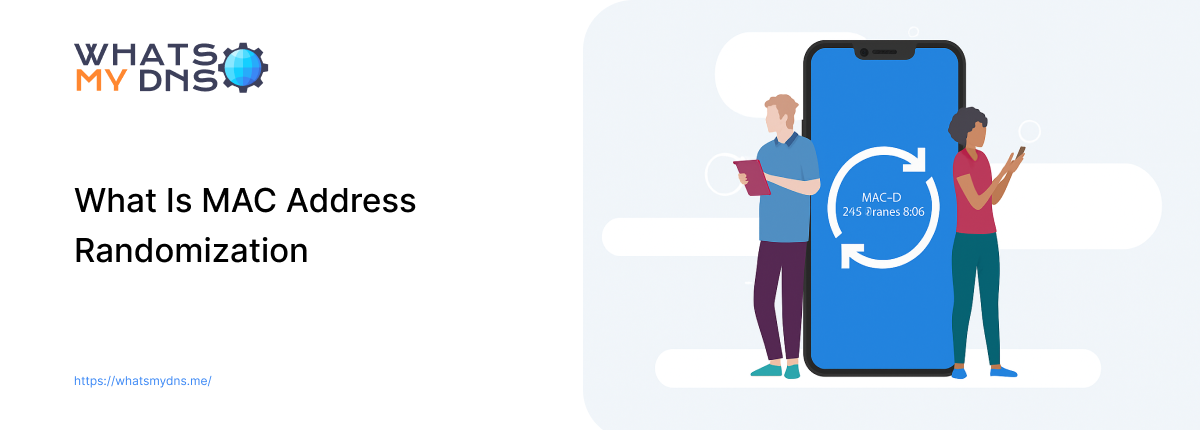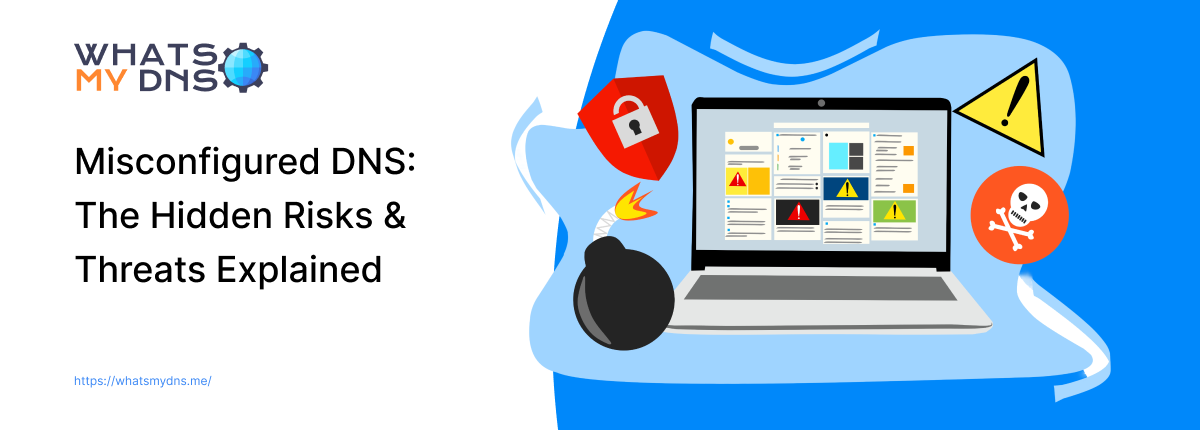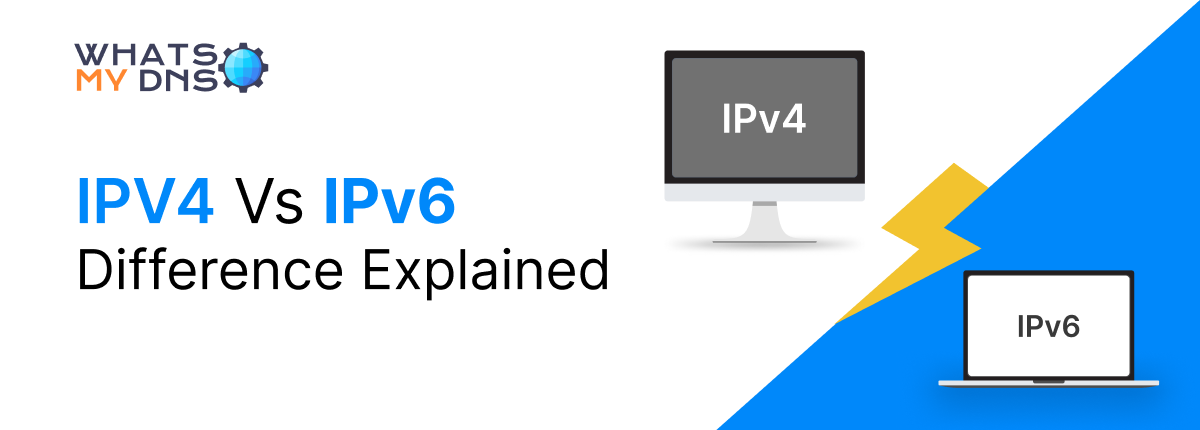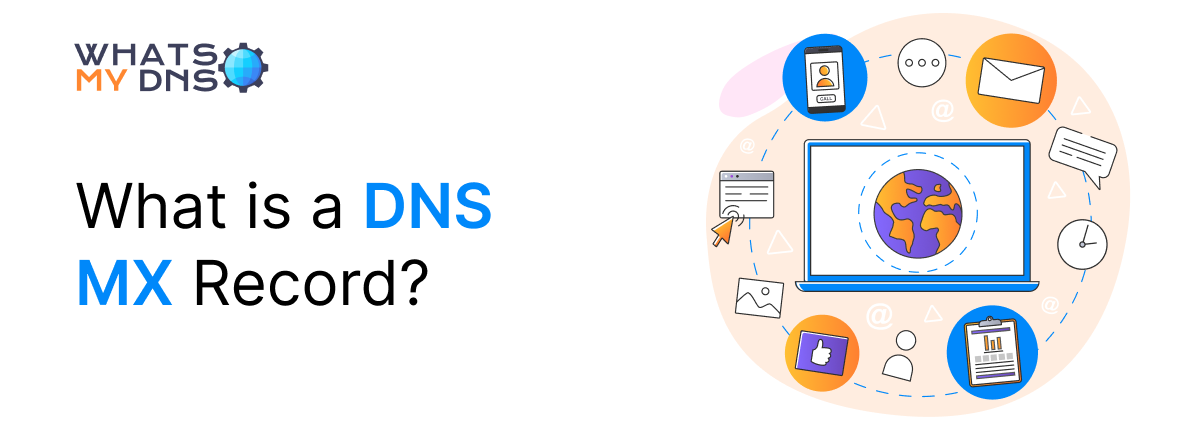What Is MAC Address Randomization and How It Keeps You Private

- 25 June 2025
Have you ever thought about how your phone remembers wifi networks you once connected to? Know that your device can be tracked if connected to a network. And you might not know this.
Tracking of devices connected to networks is identified using their MAC addresses. Hackers use this tracking for online data privacy breaches, the cost of which is expected to reach $10.5 trillion by the end of this year.
However, networking experts suggest many methods to help keep devices private. One such proposed method is MAC address randomization. In this post, you will learn what MAC address randomization is and how it keeps you private.
What is a Static MAC Address?
A static MAC address is the one that is manually configured and assigned to a network interface card (NIC) by the manufacturer. They are the same as the sticky ones but are not converted from dynamic addresses once enabled on NICs (source).
Static MAC addresses persist even if a device restarts. They are used to identify devices connected to a local network. You can use these addresses to perform a MAC address vendor lookup to determine the device manufacturer's details.
They Get The Devices Tracked
Static MAC addresses usually remain the same unless the device administrator changes them manually. Each address assigned to a device is unique and can easily be exploited to track devices.
For example, when your device searches for a Wi-Fi network, it broadcasts its MAC address. Companies or malicious actors can use this address to detect, monitor, or track your device when connected to a network.
What’s MAC Address Randomization?
MAC Address randomization is a technique in which the MAC addresses of devices are changed randomly for each network. In simple terms, every network a device connects to will see a different (temporary & random) MAC address.
The MAC Address randomization technique enhances privacy. It stops others on the same network from tracking your device using its MAC address.
Many of today’s smart devices have a built-in feature that automatically randomizes the MAC addresses of devices.
For example, Apple introduced the MAC address randomization as a privacy feature in iOS 8, which is now available across all their devices, i.e., macOS, iOS, iPadOS, etc.
Android devices also feature the MAC address randomization technique. Introduced in Android 10 onwards, users can turn the randomization feature on or off from the device's network settings.
Types of MAC Address Randomization
As per the Android framework, the MAC Address randomization is considered to be of two types (may vary with OS):
- Persistent
- Non-Persistent
In persistent randomization, a unique MAC address is generated and assigned to a device for a given network. This address is consistently used for that given network unless it is “Forgotten”. It keeps the device semi-anonymous while allowing network stability.
On the other hand, in non-persistent randomization, MAC addresses are changed frequently every time a device connects to the same network. It provides maximum privacy, but may confuse networks that use MAC filtering.
How MAC Address Randomization Keeps Your Device Private?
MAC address randomization works by spoofing a device's original and permanent MAC address. The randomized address is often temporary and changes whenever a device connects to a network.
Here’s how randomizing a MAC address keeps your device private.
Your device generates a random MAC address and replaces it with the original one.
You can also do this with the help of software or by running commands in your operating system terminals. You can think of it like spoofing a MAC address.
When your device looks for a network connection, probably Wi-F, it will send probe requests to that network using the randomized MAC address. This way, your device's original MAC address is kept private from networks.
Let us simplify this further with an example.
Suppose you are traveling abroad and in an area with multiple public networks. When MAC address randomization is enabled on your device, it will generate a different address for each like:
- A → 1
- B → 2
- C → 3
- D → 4
- E → 5
** Alphabets represent the networks in the above example, while numbers represent the MAC address.
Why Should You Randomize Your MAC Address?
If privacy, especially device tracking, is a concern for you (which definitely will be), MAC address randomization can benefit you. It protects your device from third-party tracking activities whenever connected to a network. Here are some reasons, or you can say benefits, you get by randomizing a MAC address.
- More Privacy: By randomizing the MAC address of your device, you can protect your device information and activity. Like from tracking and profiling by third parties, e.g., network operators, advertisers, etc.
- More Security: Hackers carry out some cyberattacks by tracking the device and its activity via the MAC address. When you randomize a MAC address, you put an extra layer of security on your device, protecting it from cyberattacks.
How to Enable MAC Address Randomization?
The process of enabling MAC address randomization varies with the device operating system. Below, we have explained the process for some of the commonly used operating systems.
For Android
- Go to Settings > Network & Internet > Wi-Fi.
- Tap on the network you want to configure.
- Tap Privacy.
- Select Use randomized MAC.
Note: Some Android versions allow enabling non-persistent randomization via Developer Options.
For iOS
- Open Settings > Wi-Fi.
- Tap the information icon (ℹ️) next to the network.
- Toggle Private Address to enable or disable MAC randomization.
For Windows
- Go to Settings > Network & Internet > Wi-Fi.
- Click on the network you're connected to.
- Under Properties, toggle Use random hardware addresses.
Note: This feature is not available for all Windows OS devices. Only some that allow randomization show this feature.
Bottom Line
MAC address randomization can be beneficial for enhancing privacy and network security. Especially when connected to a public network by randomization, you can keep your device's original MAC address private and protect it from being tracked.
FAQs
Can MAC address randomization interfere with network connectivity?
Yes, some networks use MAC addresses for device identification. Randomization might cause issues with such networks, requiring you to temporarily turn off the feature, especially when MAC filtering is enabled.
Is MAC address randomization enabled by default?
It depends on the device and operating system. iOS devices enable it by default for Wi-Fi networks, while Android allows users to enable it per network.
How to Disable MAC Address Randomization?
To turn off MAC Address randomization, visit your device's network settings and modify the settings to use the original MAC address. For Android or iOS, you will find the randomization features enabled under the network privacy tab; simply disable them.
Related Blogs

Misconfigured DNS: The Hidden Risks & Threats Explained
Uncover how misconfigured DNS settings can expose your network to security threats, downtime, and data leaks.
- 30 Jul 2025

IPv4 Vs IPv6-Difference Explained
Understanding the key differences between IPv4 and IPv6 to understand how internet addressing is evolving — and why it matters for speed, security, and scalability
- 10 Apr 2025

What is a DNS MX Record?
Learn what MX records are and how they keep your emails flowing to the right inbox
- 24 Apr 2025